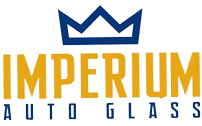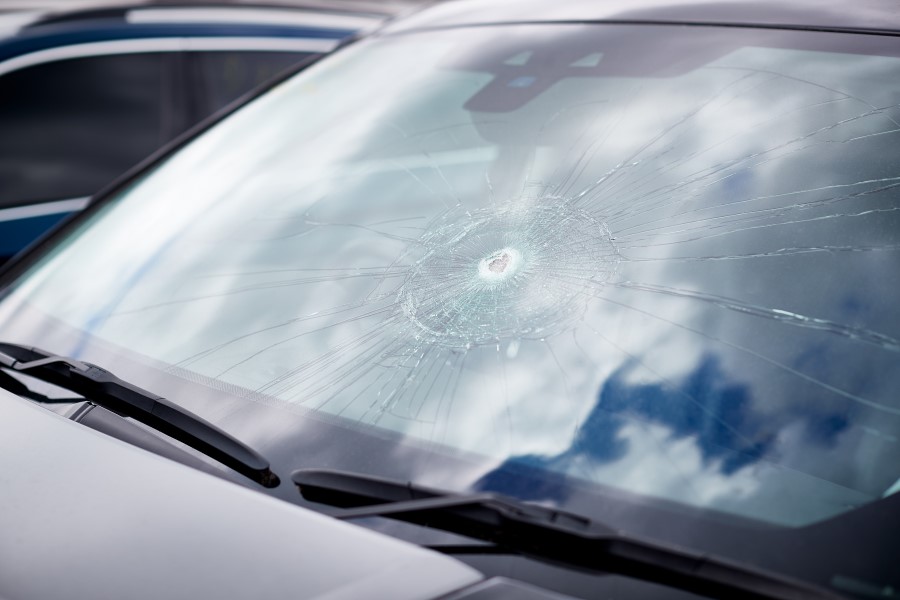The glass on your car is probably not ordinary but a special type known as auto glass. It is used on all car parts, including sunroof, windshields, and side mirrors. While the two types of glass may look similar, there is a huge difference between the two. They are used and repaired differently. It is important to work with a specialist like those at Imperium Auto Glass if you need any car glass services. Manufacturing Differences
Auto glass is certainly manufactured differently from normal glass. They also come as either tampered or laminated glass.
Manufaturing to of the Tampered Glass
It is made by softening regular glass on high heat. It is then cooled uniformly under very high pressure in a process known as quenching. The glass center then cools down more slowly than the other surface, keeping the molecules at the glass’s center under tension. In contrast, the outer surface compresses and hardens heat and cannot go beyond1150 Fahrenheit to avoid warping.
Manufacturing of Laminated Glass
You have to go through a similar process when you are laminating glass. Heat and pressure are both involved when making this type of auto glass, only that the process is a bit different in terms of temperature used. Layers of plastic resins known as PVB are bonded between ordinary glass sheets. Pressure and heat are applied through the lamination process. At least two layers of glass and PVB are used in this process.
Manufacturing of Normal Glass
There are several types of normal glass, the most common being soda-lime glass. This is made by melting silica, sodium oxide, and calcium oxide at extremely high temperatures, 3050 Fahrenheit (1675 Celsius). This has to be done in a special kind of furnace. The result is a green/Brown tinge based on the amount of iron oxide in the furnace. This type of glass is different because it is made in high temperatures or plastic resin.
These glasses also differ in terms of their properties.
Tempered glass: compressive stress on the surface of a sheet of glass points to the close molecules inside it that are bound together. It offers a higher compressive stress value and can withstand temperatures and pressures than ordinary glass. It is also different in the way it breaks. Rather than shatter, it breaks into cube-like structures with blunt ends. It is one glass type that is not likely to injure anyone because it is not sharp-edged.
Laminated glass: This glass is heavy, thanks to the layering. It is also thicker than standard glass. When breaking, this type of glass remains in one piece because of the PVB bonding. Generally, it is the strongest of the three glass types.
Normal Glass: This is the cheapest of the glasses. Unfortunately, it is also the weakest and often shatters into pieces, making it inappropriate for use in car windshields.
With these huge differences, it takes an expert in auto glass to know which glass is appropriate for your car. So make sure to do your due diligence always.

